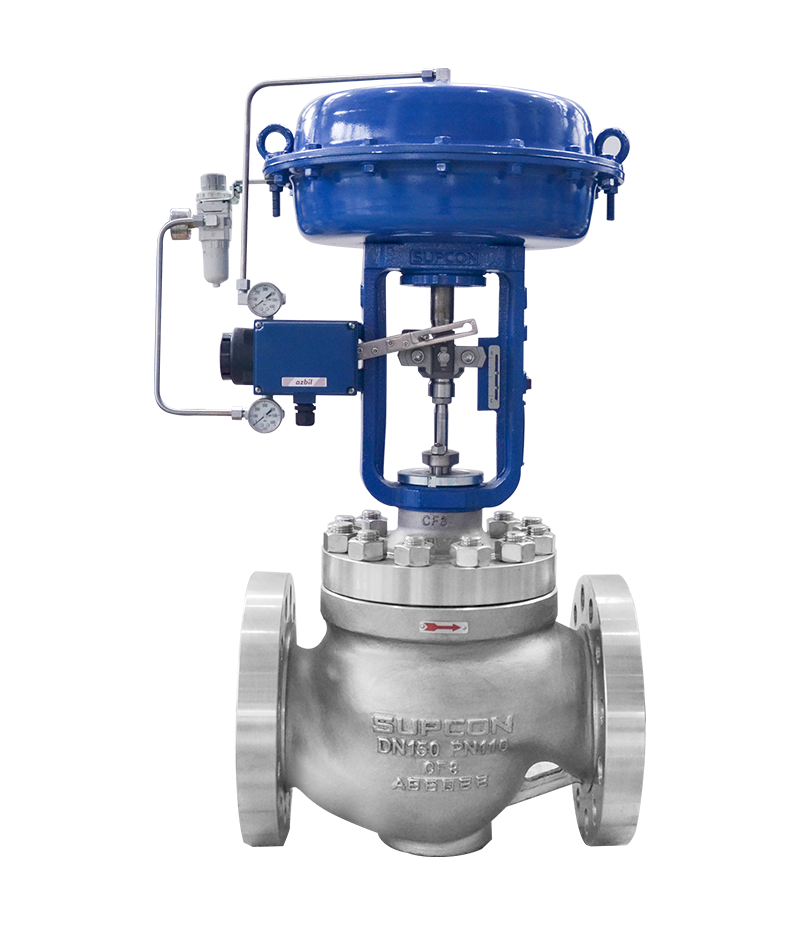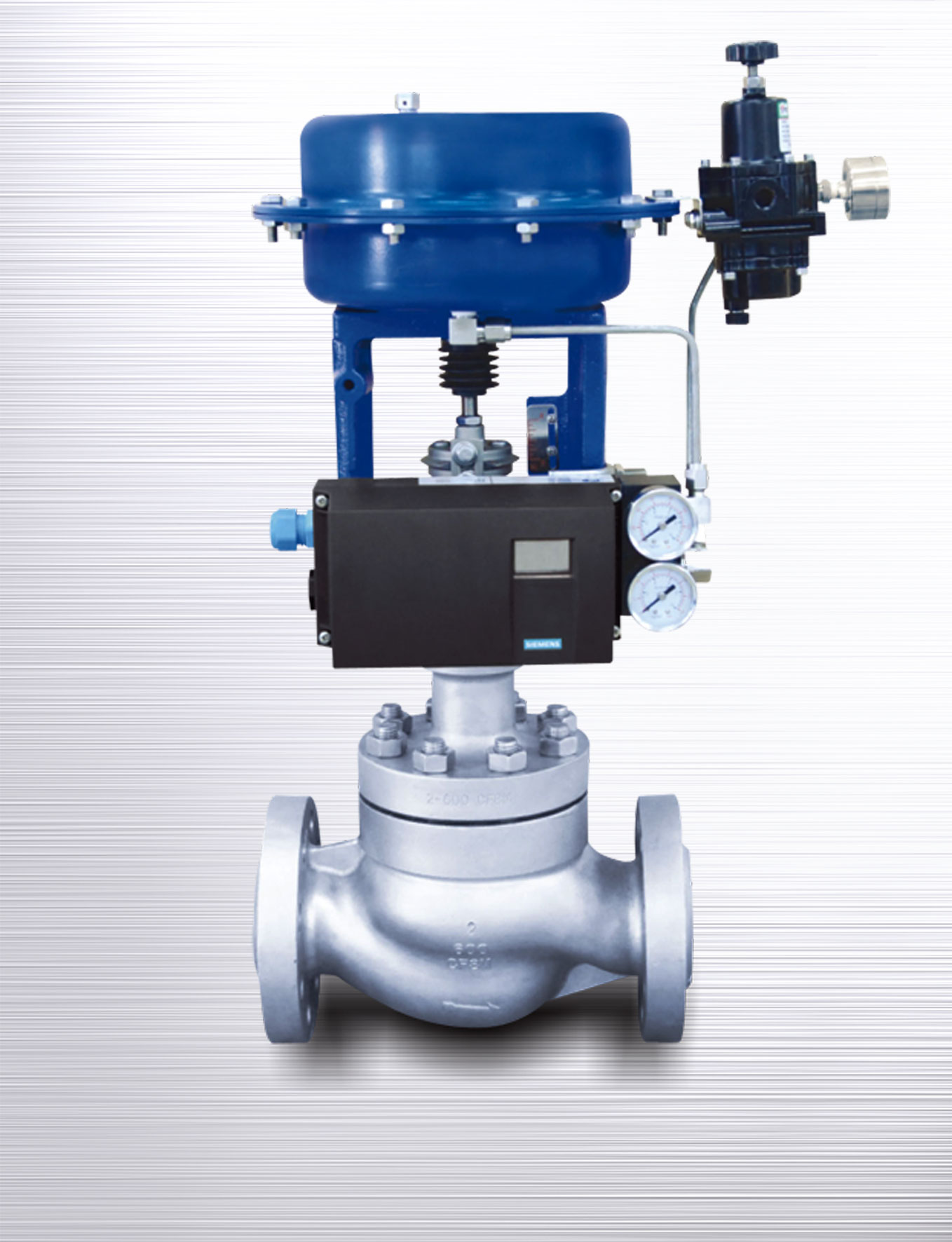Enhancing Functional Efficiency with Advanced Control Valves
Enhancing Functional Efficiency with Advanced Control Valves
Blog Article

Maximize Energy Cost Savings and Comfort With Advanced Structure Automation Controls
In the world of contemporary design and facility management, the integration of advanced structure automation regulates stands as a crucial development. The convergence of technology and sustainability has birthed a new era where power performance, convenience optimization, and operational streamlining are no much longer possible truths however distant aspirations. By harnessing the power of automation, structures can adapt, respond, and progress in manner ins which were once unimaginable. The possibility for significant power cost savings and enhanced comfort is not just a guarantee yet a possibility waiting to be met. This paradigm change in building monitoring holds the crucial to unlocking a world where ecological conscientiousness and passenger well-being harmoniously exist together within the wall surfaces of our structures.
Power Efficiency Advantages
Power efficiency advantages can considerably decrease power consumption and operational costs in buildings. By applying energy-efficient practices and technologies, building owners and drivers can attain substantial savings while likewise adding to environmental sustainability. One of the primary advantages of boosting energy effectiveness in buildings is the reduction of utility bills. Energy-efficient systems, such as sophisticated structure automation controls, can maximize using sources like lighting, air conditioning, and home heating, leading to lower power expenses gradually.
Furthermore, enhanced power performance can extend the life-span of structure equipment and systems. By running extra effectively, HVAC systems, lighting fixtures, and various other building components experience much less damage, leading to decreased maintenance and substitute costs. Additionally, energy-efficient buildings frequently regulate higher residential property worths and rental rates, providing lasting financial advantages to owners.
Furthermore, power effectiveness can enhance passenger comfort and performance. Appropriately regulated interior atmospheres with optimum illumination and thermal problems develop a more favorable and pleasant work area, leading to enhanced staff member complete satisfaction and efficiency. In general, the power performance benefits linked with sophisticated structure automation controls are diverse, incorporating cost financial savings, ecological stewardship, and occupant well-being.
Boosted Comfort Control
Enhancing convenience control in building atmospheres needs an advanced combination of sophisticated automation systems for ideal passenger wellness. By utilizing sophisticated building automation controls, centers can customize the indoor atmosphere to meet the particular needs and preferences of owners. control valves.
Boosted convenience control goes beyond basic temperature changes. It includes attributes such as tailored setups, occupancy sensing units, and natural light usage to develop a receptive and dynamic atmosphere. By integrating these advanced controls, structures can not just boost comfort but likewise improve power effectiveness by optimizing system procedures based on real occupancy and use patterns. Eventually, focusing on passenger comfort with advanced automation systems leads to a much more satisfying and healthier interior environment.
Operational Effectiveness Improvements

Furthermore, the execution of real-time monitoring and analytics devices enables structure drivers to determine energy inadequacies and functional anomalies quickly. By continually keeping an eye on energy usage patterns and system efficiency metrics, changes can be made in real-time to optimize energy consumption and make certain peak operational efficiency. control valves. Additionally, integrating need response techniques right into building automation controls can even more improve functional efficiency by dynamically adjusting energy usage based on grid conditions and rates signals
Indoor Climate Optimization
Effective indoor climate optimization is an essential aspect of structure automation controls, making certain occupants' comfort and health while making the most of energy savings. By utilizing sophisticated sensors and controls, developing automation systems can constantly readjust and keep track of temperature, moisture degrees, air top quality, and air flow to create an optimal indoor environment. Keeping comfy and constant conditions not only improves owner complete satisfaction however also increases efficiency and total health.
Indoor climate optimization additionally plays Visit Your URL an essential role in energy performance. By fine-tuning air flow, home heating, and air conditioning systems based on real-time data and tenancy patterns, building automation controls can considerably reduce power intake - control valves. Carrying out techniques such as demand-controlled air flow and thermal zoning can aid minimize power waste while guaranteeing that each location of the building receives the needed conditioning.

Sustainable Environment Production
Building automation regulates not just enhance interior climate conditions for energy effectiveness and resident comfort but also lay the foundation for producing a lasting setting via tactical monitoring of sources and systems. By incorporating sophisticated structure automation innovations, such as sensors, actuators, and intelligent software program, facilities can monitor and adjust energy use in real-time to lessen waste and reduce their carbon footprint. These systems enable predictive maintenance, identifying possible problems prior to they escalate and optimizing tools performance to enhance longevity and effectiveness.
Furthermore, sustainable atmosphere production expands past power monitoring to include water preservation, waste decrease, and indoor air high quality renovation. Building automation controls can manage water use, identify leaks, and make sure proper waste disposal techniques, adding to total sustainability efforts. Additionally, by managing and checking ventilation and filtering systems, these technologies improve resident health and wellness and performance while reducing power consumption related to cooling and heating procedures.
Final Thought
Finally, progressed structure automation regulates deal substantial advantages in terms of power financial savings, convenience control, operational efficiency, indoor climate optimization, and producing a lasting atmosphere. By applying these controls, structures can accomplish optimal performance while lowering energy consumption and enhancing resident comfort. It is apparent that using sophisticated automation innovation is essential in boosting structure performance and creating a more lasting future.
Energy performance advantages can dramatically minimize Go Here energy consumption and functional costs in structures. Generally, the energy performance benefits connected with advanced structure automation controls are complex, incorporating price financial savings, ecological stewardship, and owner wellness.
Furthermore, incorporating demand response strategies right into structure automation controls can further enhance functional performance by dynamically changing energy usage based on grid problems and prices signals.
Building automation regulates not just optimize indoor environment conditions for energy effectiveness and owner convenience but also lay the foundation for developing a sustainable atmosphere via tactical monitoring of systems and resources.In conclusion, progressed building automation controls deal considerable benefits in terms of energy cost savings, comfort control, operational efficiency, interior climate optimization, and producing a lasting environment.
Report this page